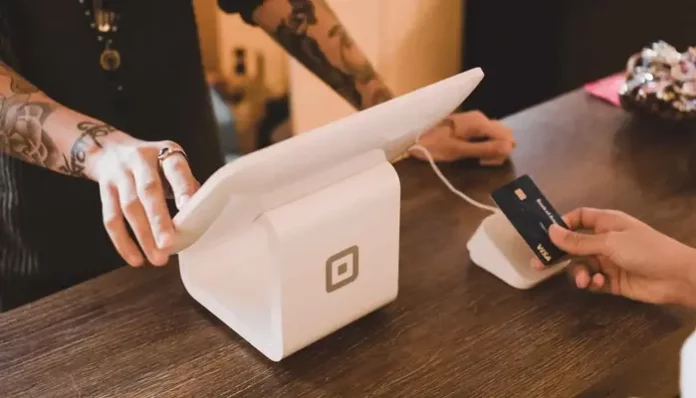Fintech lenders are more likely to approve loans to borrowers who have accepted cashless payments than to non-users, according to a recent research paper titled “Fintech loans and cashless payments By experts at Wharton and elsewhere.
Such borrowers’ cashless payment records provide lenders with verifiable information, making it more efficient to review loan applications. These borrowers could also benefit from lower interest rates and present less risk of default, the paper found. These benefits could attract more borrowers to cashless payments, the researchers predicted.
Fintech rate borrowers based on criteria beyond creditworthiness that traditional lenders consider, the Wharton finance professor said Yao Zeng who co-wrote the paper Pulak Ghosh, Professor of Decision Science at the Indian Institute of Management, and Boris Vallée, Professor of Business Administration at Harvard Business School. “Fintech rely on electronic platforms and big data, and especially alternative data beyond your creditworthiness, to verify borrowers,” noted Zeng.
“Alternative data” fintech are considering includes loan applicants’ internet and social media activity, geolocation information, and payment patterns, Zeng said. “When you think of small business owners, what they buy and sell and the associated payment information is directly tied to their business model, which in turn is tied directly to their creditworthiness,” he said. By using alternative data, fintech are reaching out to underserved populations who may not have long or good credit history and therefore find it difficult to obtain credit from traditional banks, he added.
“The challenge with cash is that no one would ever know what happened,” said Zeng. However, payments through PayPal or Venmo create verifiable records that help both borrowers and fintech lenders pinpoint creditworthiness, he explained. As a borrower, when you make cashless payments, you are providing the lender with more data so the lender can understand you better. This superior data quality helps lenders approve loan applications more efficiently, reducing their risk of default. This reduced risk is shown in the form of a lower interest rate compared to loan applicants who do not have a cashless payment method.
An evidence-based model
The paper makes its case in two parts. One is a theoretical model that reveals a synergy between fintech lending and cashless payments. Cashless payment transactions provide “a lot of verifiable information outside of the credit relationship”, such as the alternative data described above. The second is the causal evidence of how the use of outside information with different verifiability affects lending. The investigation found that evidence was in the portfolio of a well-known fintech lender in India called Indifi.
Analysis of Indifi’s loan application data showed that a borrower who always pays cashless has a 10.9% higher chance of getting a loan compared to a borrower who always pays cashless, and a 1.72% Has lower interest rate while the expected default rate is 5.7. is% lower.
Between September 2015 and September 2019 (the period covered by the study), Indifi approved a quarter of all loan applications with an average offered interest rate of 24.8% and a default rate of 7.3%. The average loan amount was $ 5,632 and the average maturity was 15.2 months. Most of the loans were unsecured.
By the way, India has one Increase in cashless payments after dismantling certain high-quality banknotes in November 2016. Worldwide, fintech have gained acceptance by consumers grown significantly between 2015 and 2019 with the strongest growth in money transfers and payments.
Future opportunities and challenges
Fintech have IT synergies with cashless payments, and fintech loans could grow with data exchange and open banking, the researchers found in their paper. This could lead to “the development of an alternative banking model with no balance sheet or traditional banking relationships,” they added. Zeng said technology-focused payment services companies like PayPal and Square have already started offering credit products and are realizing the synergy the newspaper projected.
Despite the synergy between lending and payments and the resulting gains in financial inclusion, concerns could arise if fintech platforms like Alipay and WeChat Pay grow too big in China, Zeng said. Each has nearly 1 billion users. “The information they collect about people can potentially raise privacy concerns,” he said. “Such information can also lead to concentrated market power, and new regulatory frameworks are needed to balance the benefits and risks of platforms as they are not regulated like banks.”









